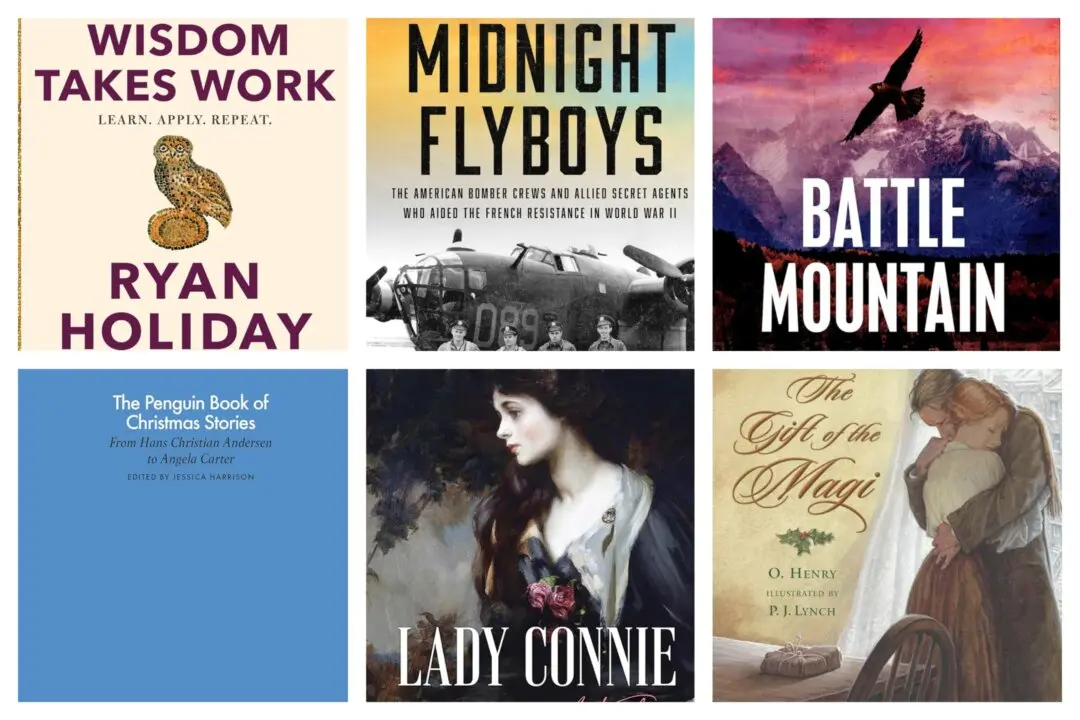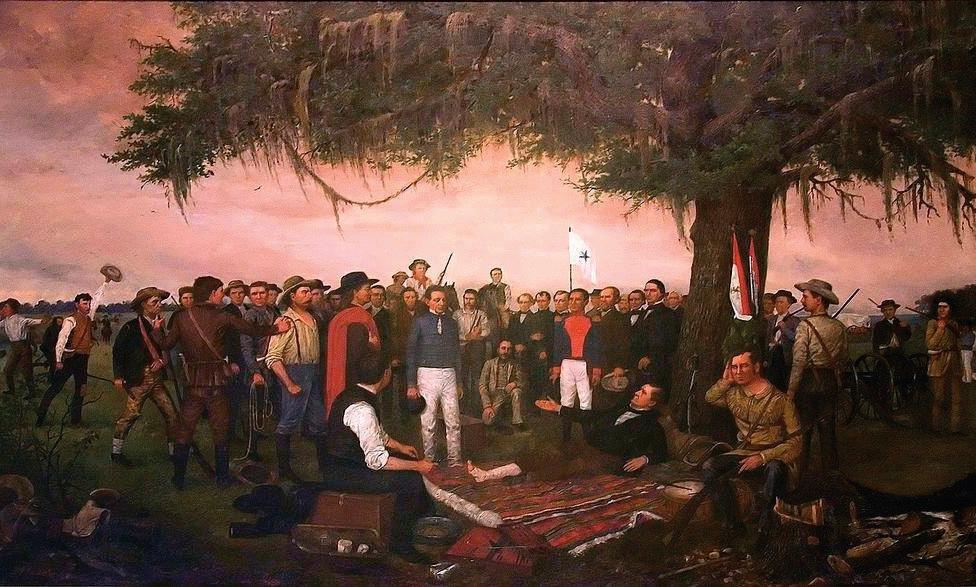In an interview with Winsome Sears, now Virginia’s lieutenant governor, Armstrong Williams asked Sears to name one major problem in Virginia. Sears responded that 85 percent of black eighth graders in the state are functionally illiterate. The astonished Williams had his fact-checkers look up that statistic while Sears continued speaking, and they found that 85 percent of black eighth graders across the country lack proficiency in reading. In some states, that figure climbs to 90 percent.
Meanwhile, the Nation’s Report Card for 2022 shows that 30 percent of all eighth graders are reading below the basic level of literacy. Of Americans between the ages of 16 and 74, 54 percent of them read at a level below that of sixth grade.






